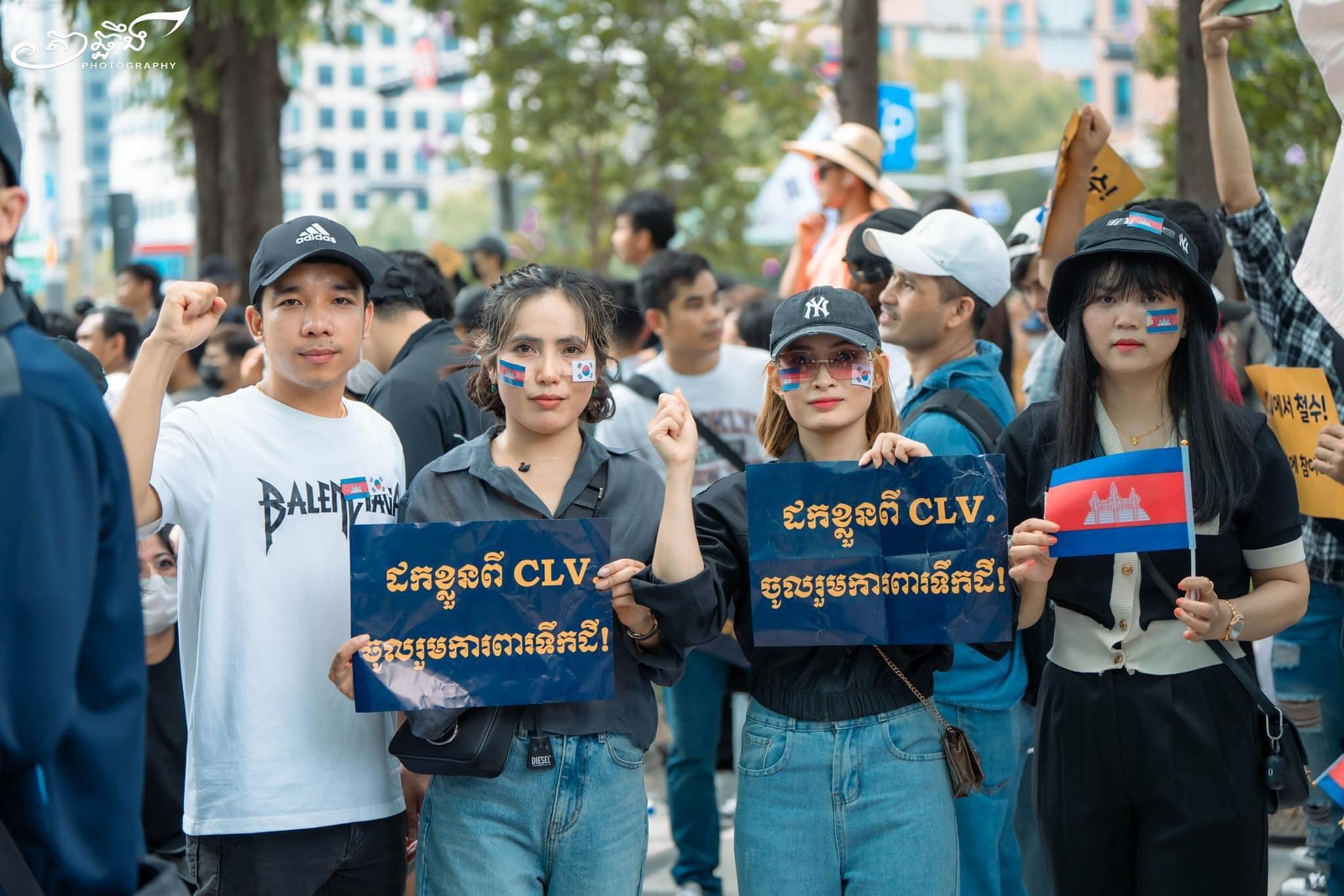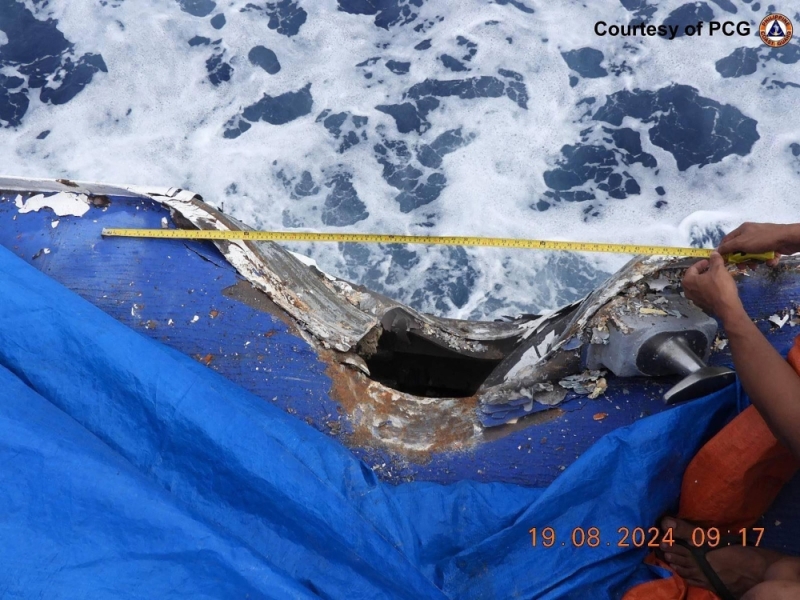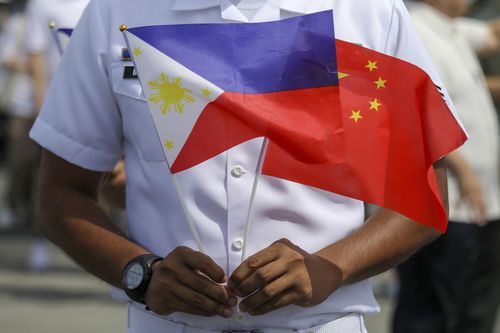Hasina’s downfallPublished August 11, 2024

AS Sheikh Hasina Wajed boarded a military helicopter to flee from Dhaka last Monday, TV television screens showed scenes of angry protesters ransacking her official residence and hacking away at statues of her father, Sheikh Mujibur Rahman, the first leader of Bangladesh, who himself was assassinated this month in 1975.
The student-led protests over civil service job quotas spiralled out of control and became the immediate cause for the downfall of Sheikh Hasina, who ruled Bangladesh from 1996 to 2001, and then again from 2009-2024. However, most Bangladesh watchers believe she was sitting atop a volcano waiting to erupt, a volcano that her own repressive policies, human rights abuses, and a rigged election last January had created.
Since 2009, Hasina had ruled Bangladesh with an iron fist. Systematically, she clamped down all political opponents. Her main political rival, Khaleda Zia of the Bangladesh Nationalist Party, who served twice as prime minister, was caught in a web of legal cases and sentenced to 17 years in prison in 2018.
The leaders of the Jamaat-i-Islami also faced brutal persecution; many of them were convicted and executed by a so-called international crimes tribunal. In the final days before her unceremonious end, Hasina had exhorted Awami League supporters to fight the demonstrators, which brought the country to the brink of a civil war.
Pakistan and Bangladesh can make a fresh start.
Where is Bangladesh headed now? In the wake of Hasina’s flight, complete mayhem has engulfed the country. The residences of former ministers were ransacked, and Mujibur Rahman’s home in Dhanmondi was attacked. The police went on strike, and total chaos enveloped the country for days. Parliament has been dissolved, and an interim government headed by Muhammad Yunus formed.
The top priority at this stage is to restore law and order and then hold fresh elections so that a truly representative government comes to power. If that is not done, the unrest might continue because the people would not want to move from one dictatorial rule (Sheikh Hasina’s) to another. It is important for the people to resume their life. As it is, Bangladesh’s economy had begun to decline after years of impressive growth, and economic inequalities and unemployment have increased.
To what extent are these developments a setback for India, the Sheikh Hasina regime’s main foreign backer? India’s foreign policy under Prime Minister Narendra Modi has increasingly become more assertive and hegemonic towards its smaller neighbours. Bangladesh under Sheikh Hasina’s watch was being perceived as subservient to India, much to the resentment of the people, who wanted India’s friendship but not its dominance.
This writer had the opportunity to participate in the Bay of Bengal conversations in Dhaka in 2022, and could sense growing discomfort regarding India’s dominating influence over Bangladesh. In that session, a Bangladeshi-American scholar discussed his article ‘Saath saath [together] or too close for comfort?’ on Bangladesh’s relations with India. In many ways, it represented the prevailing sentiment.
How will these developments affect Pakistan’s relations with Bangladesh? This is an opportunity to reset ties. Sheikh Hasina had cut off all links with Pakistan, even though her father, Mujibur Rahman, had committed to ‘forgetting the past and making a fresh start’ when he signed a tripartite agreement between Bangladesh, India and Pakistan in April 1974.
Sheikh Hasina refused to bury the bitterness of the past, and started using the UN platform to propagate false claims that three million Bengalis were killed in 1971, a claim that is grossly exaggerated and evidentially rejected by impartial observers. It is regrettable that excesses were committed by all sides, and hence it is important for both countries to let bygones be bygones and move on. Instead, she tried to politicise the events of 1971 to her own advantage, and continued to deepen estrangement with Pakistan. When India refused to join the Saarc summit in Islamabad in 2016, Sheikh Hasina teamed up with it to make Saarc, which was created in Dhaka in 1985, dysfunctional.
Given that there are large segments of people in Bangladesh and Pakistan who would like to normalise bilateral ties, a fresh beginning can be made, first by the interim government, and later when an elected government assumes power in Bangladesh. One hopes that fresh elections are held soon, as the democratic ethos of the people of Bangladesh must be respected.
An important lesson for Pakistan is for our political parties to adopt a culture of live and let live, respect people’s aspirations, and resolve issues through the democratic way of negotiations in parliament, and not on the streets.
Published in Dawn, August 11th, 2024
Indian foreign policy
Published August 18, 2024
DAWN
WHEN it started its life as an independent country in 1947, India chose a foreign policy that would keep it ‘non-aligned’ in the polarised environment created by the US-USSR Cold War. India leaned towards the Soviet Union, maintained rather cold relations with the US, sought friendly ties with China premised on the Panchsheel (the five principles of peaceful coexistence), and saw itself as a member of the developing world. In South Asia, it embarked on a hostile relationship with Pakistan for separating from so-called ‘Mother India’.
Decades later, India’s foreign policy has undergone a paradigm shift, particularly since the dawn of the 21st century. With the US pivot to Asia, India has become the partner of choice for America’s Indo-Pacific Strategy that seeks to contain the further rise of China. India’s relations with China remain tension-ridden, even though both countries have flourishing economic and commercial ties. With Russia, India maintains a close relationship, notwithstanding the fact that the US-led West and Russia are at daggers drawn over the prospect of Ukraine joining Nato. India is, thus, playing a tight balancing act in its relations with the major powers. It describes its present foreign policy as the pursuit of national interests through ‘strategic autonomy’.
With UN-led universal multilateralism on the retreat, India has entered into several mutually incompatible multi-alignments, such as BRICS, SCO, and QUAD. It considers itself a leader of the Global South, and has deepened its ties with East Asia and Africa.
What has helped India maintain largely positive relations with all major powers is its growing economy and stable democracy. As the world’s fifth largest economy, it has sufficient buying power to purchase expensive military hardware from diverse sources, attract foreign investments for its growing economy, particularly its road and rail infrastructure, and enhance manifold its trade with the rest of the world. The Indian diaspora has been mobilised to project a positive image of the country. At the same time, however, divisive Hindutva nationalism, demonisation of minorities, and massive unemployment and high inflation have tarnished its stature.
India’s attitude towards South Asian states has not changed.
While a lot has changed in India’s global profile, what has not is its foreign policy towards its South Asian neighbours. India continues with its hostile posture towards Pakistan, and pursues a competitive, even rival relationship with China. Its policy to engage only with non-Taliban Afghan groups has failed. It has also bullied Nepal through economic embargos and the occupation of part of its territory. In the south, Sri Lanka often faces tough choices in its relations with both India and China. Bangladesh, surrounded on three sides by India, has experienced suffocating Indian dominance, particularly under Sheikh Hasina Wajed who recently fled to India. The Maldives has often demonstrated its discontent with Indian interference. Consequently, India’s ‘Neighbourhood First’ policy is in the doldrums, undermining its global ambitions.
Central to India’s overbearing attitude towards its South Asian neighbours is the China factor. India is unhappy with China’s close ties with Pakistan and Chinese attempts to enter into cooperative relations with Bangladesh, Sri Lanka, Nepal, the Maldives, and even Bhutan whose foreign policy is controlled by India. These countries find China’s BRI projects a lucrative option and wish to exercise their own ‘strategic autonomy’ to benefit from the investments regardless of the Sino-India competition. India needs to recognise the legitimate right of its neighbours to benefit from the investment opportunities that acc-ompany cooperative engagement with China.
Pakistan is one country that has never accepted Indian hegemony in South Asia. This has been reason enough for India to make every effort to isolate it. The Kashmir dispute is unresolved because of India’s refusal to let Kashmiris exercise their right to self-determination. India has suspended all contact with Pakistan, especially since 2016, and chosen to demonise the country by harping on the mantra of cross-border terrorism. In fact, it is Pakistan which now faces India-sponsored terrorism. However, since India’s economy has done well and is a large market, in contrast with Pakistan’s, the world tends to lend a more sympathetic ear to Indian narratives.
For South Asia, India is the elephant in the room. The entire region would benefit if India gave up its dominating posture, and let other South Asian countries exercise the same strategic autonomy vis-à-vis India that the latter wishes to have vis-à-vis the US, China, and Russia. Taking the region along would help India build up its global profile that it cherishes.
The writer is a former foreign secretary and chairman of Sanober Institute Islamabad.
Published in Dawn, August 18th, 2024










